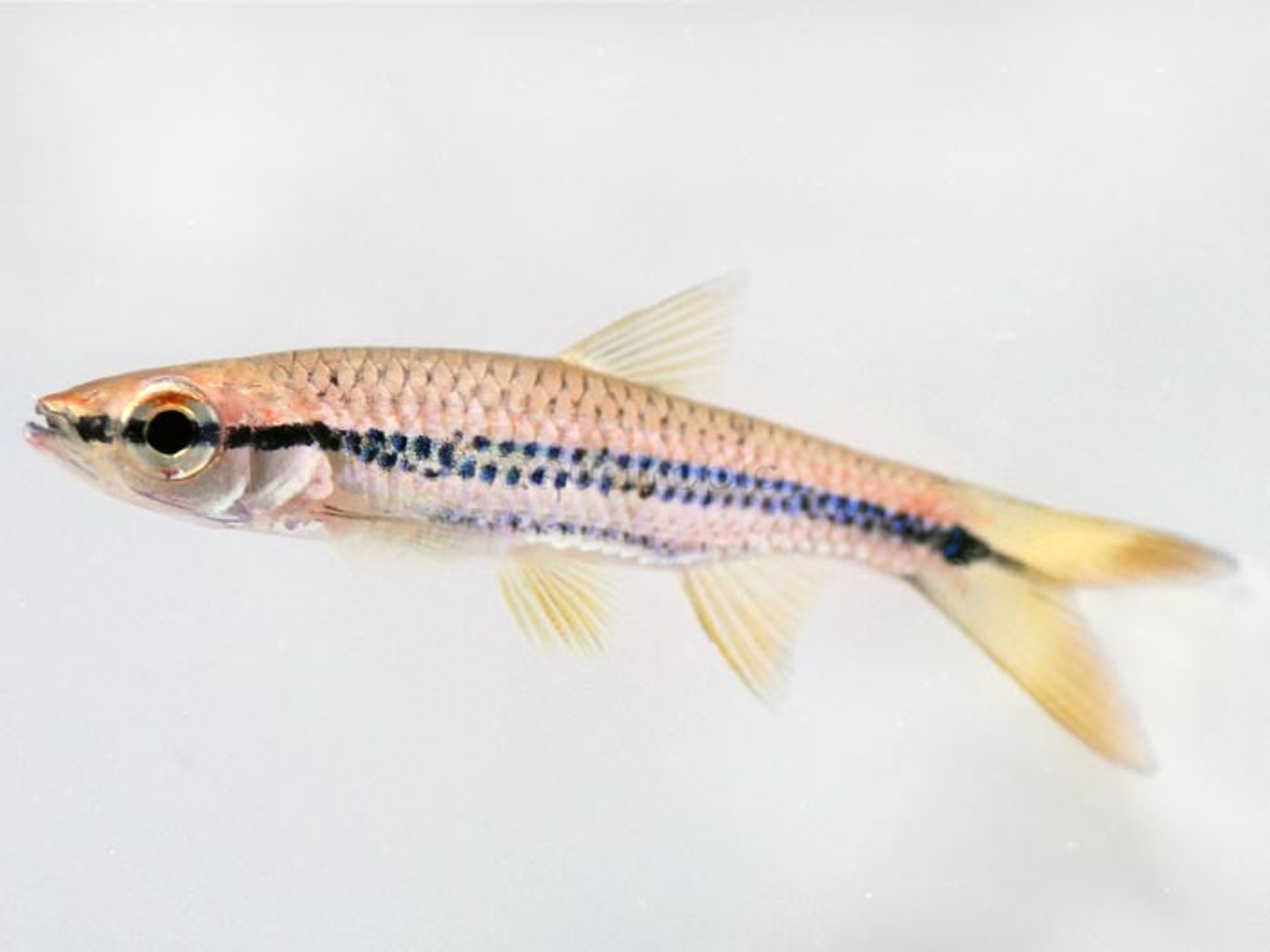Porthole Rasbora (Rasbora cephalotaenia)

The Porthole Rasbora is a lesser-known species in the aquarium trade, but it’s robust proportions (roughly five inches when fully grown) and sleek good looks make it an excellent choice. While it might not turn heads with its muted color palette, it makes up for any chromatic deficiencies with a diverse mix of stripes and reticulations that lend this fish a quiet charm all its own.
The species originates from the blackwater peat swamps of Southeast Asia, with populations reported from Peninsular Malaysia and Vietnam, and south into the Indonesian Islands of Sumatra and Borneo.
These waters offer a bevy of small fishes suitable for aquarists. Here you’ll find the pint-sized Licorice Gouramis (Parosphromenus spp.), the fan favorite Glass Catfishes (Kryptopterus spp.), the Six-banded Barb (Puntius hexazona) and a wide array of Rasbora species, including the Eyespot Rasbora (R. dorsiocellata) and the Redline Rasbora (R. pauciperforata). Any of these would make for reasonable tankmates in a Malaysian blackwater biotope. There are also some predators from this ecosystem, like the Crocodile Pike (Luciocephalus pulcher) and the Bornean Leaffish (Nandus nebulosus), which could peaceably coexist with the bulky Porthole Rasbora.
As is standard for rasbora husbandry, be sure to acquire a suitably large group of R. cephalotaenia and provide an appropriately spacious aquarium. Though this fish is not terribly hyperactive, it will definitely benefit from having some room to stretch its fins. Decorations can be kept to a minimum, and, for the most realistic look, would consist of a few pieces of submerged wood and perhaps a variety of leaves to naturally add tannins to the water. And, while it originates from fairly acidic environments, aquarists shouldn’t worry about recreating these conditions in captivity, unless trying to breed this species.